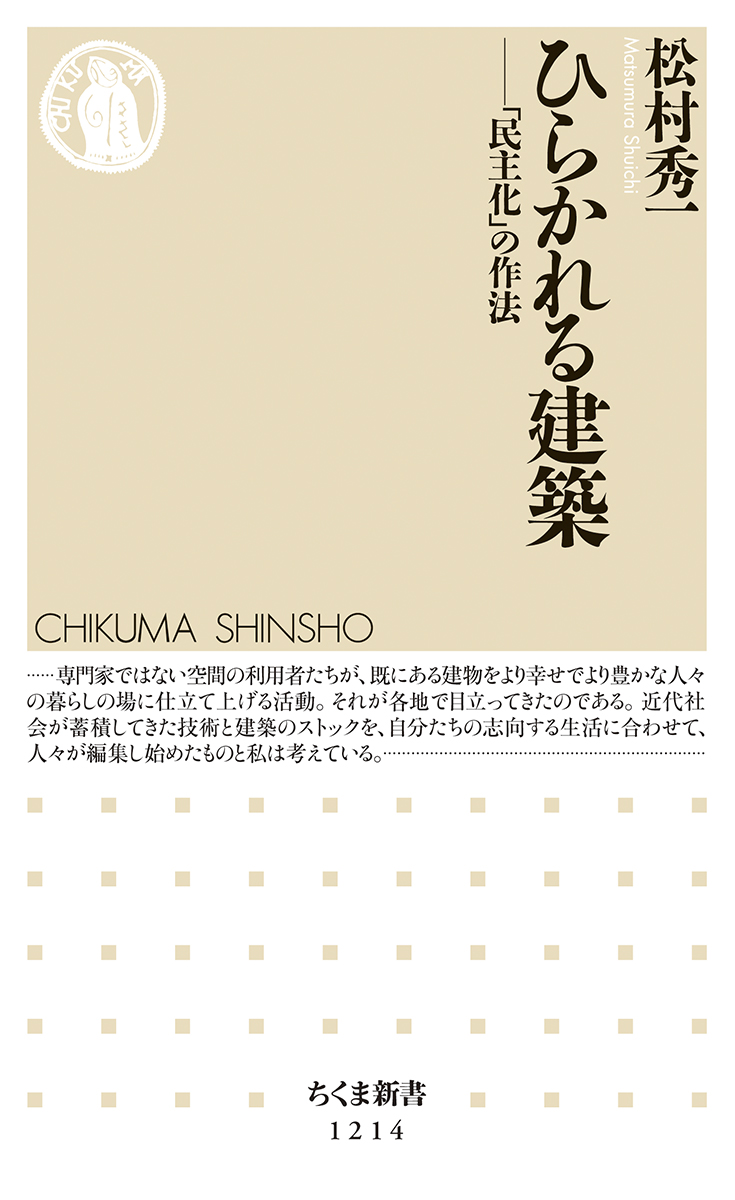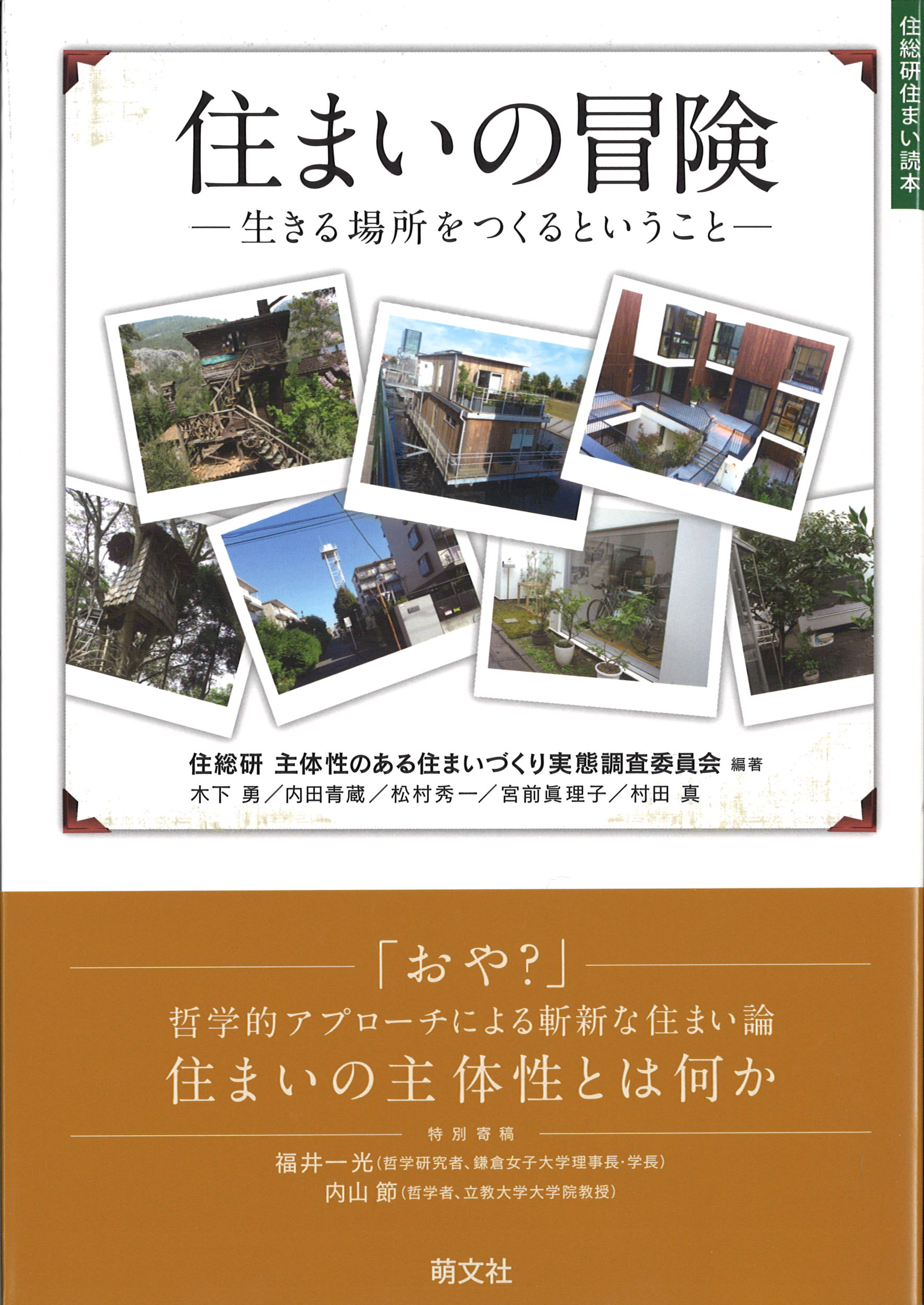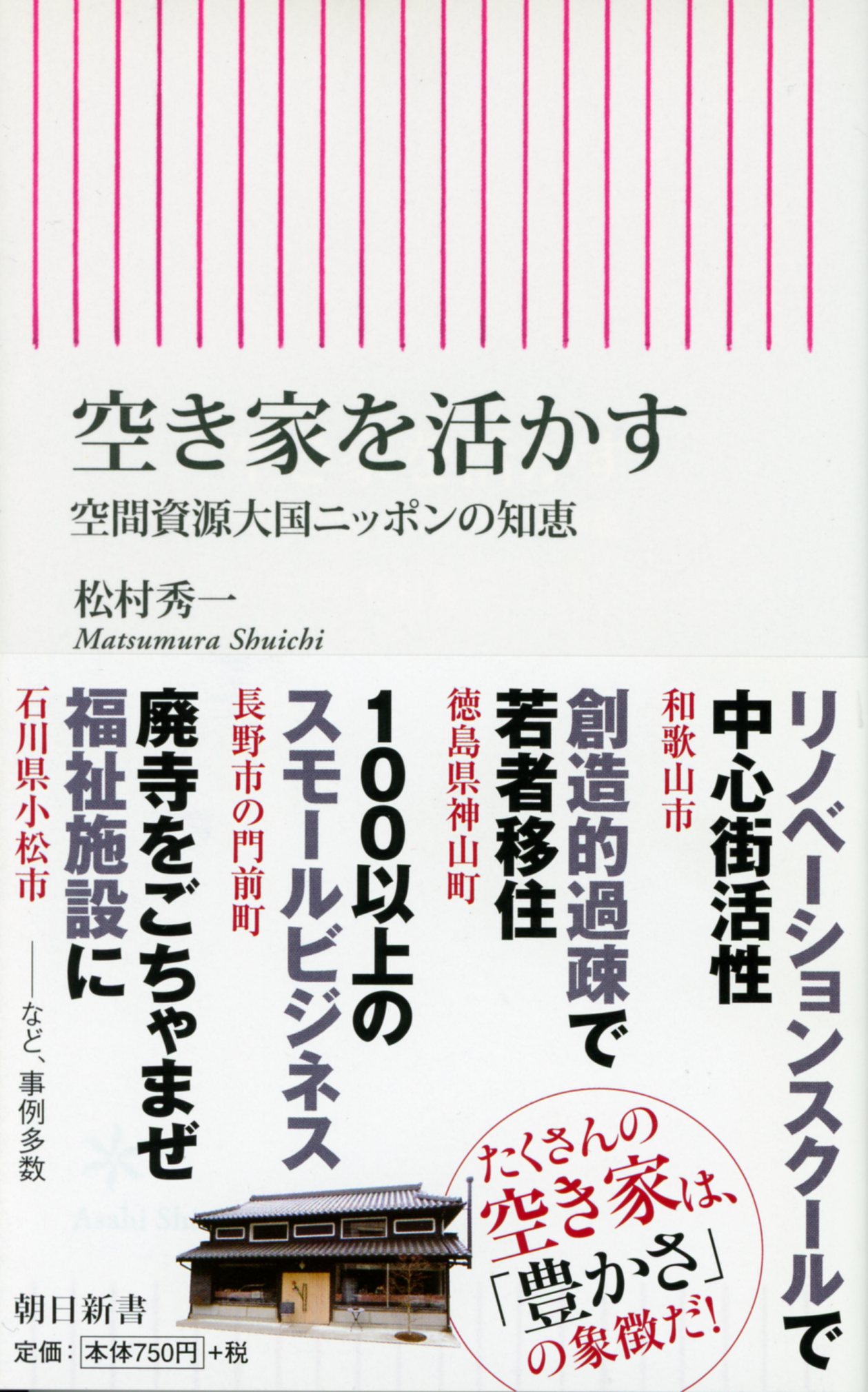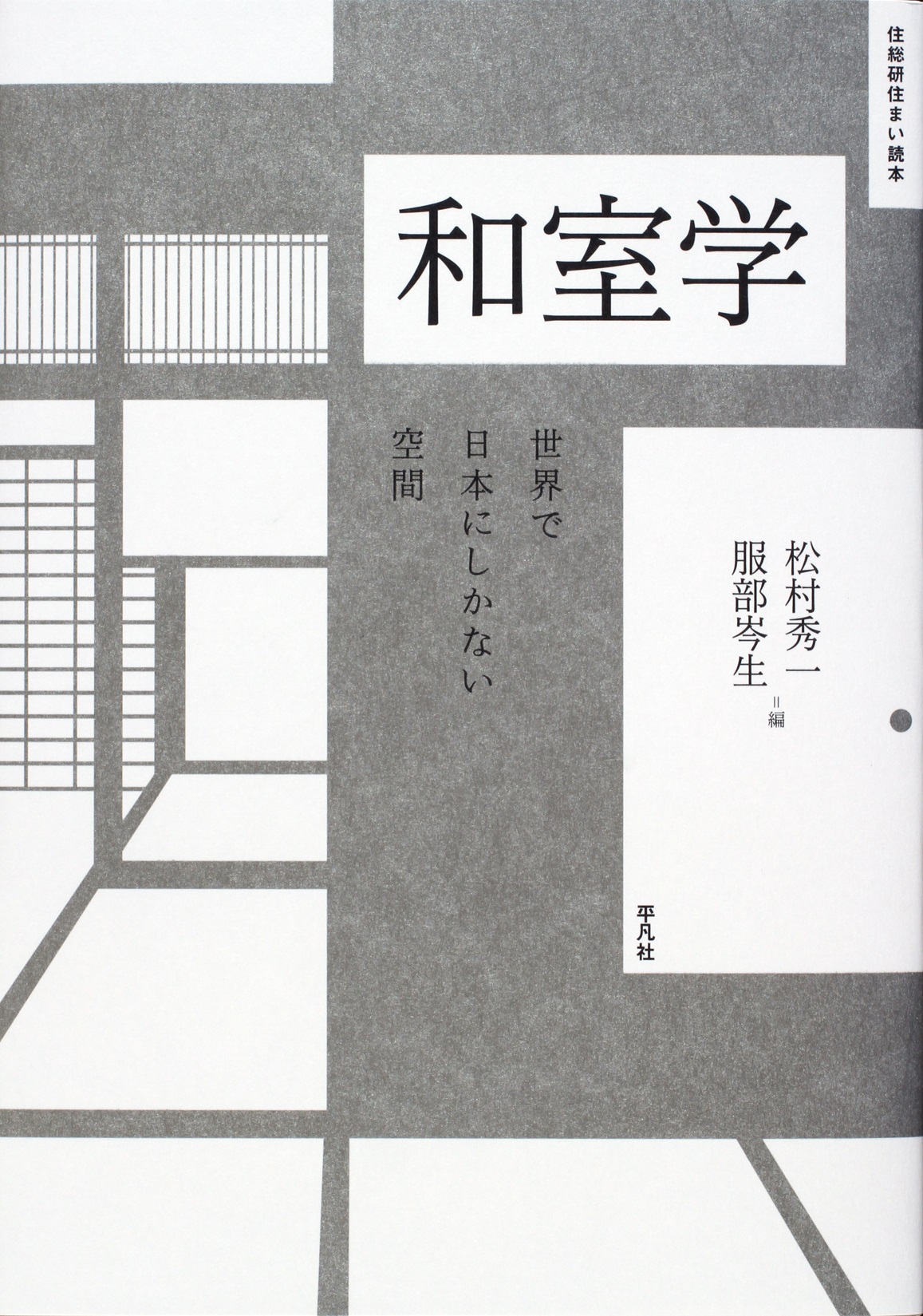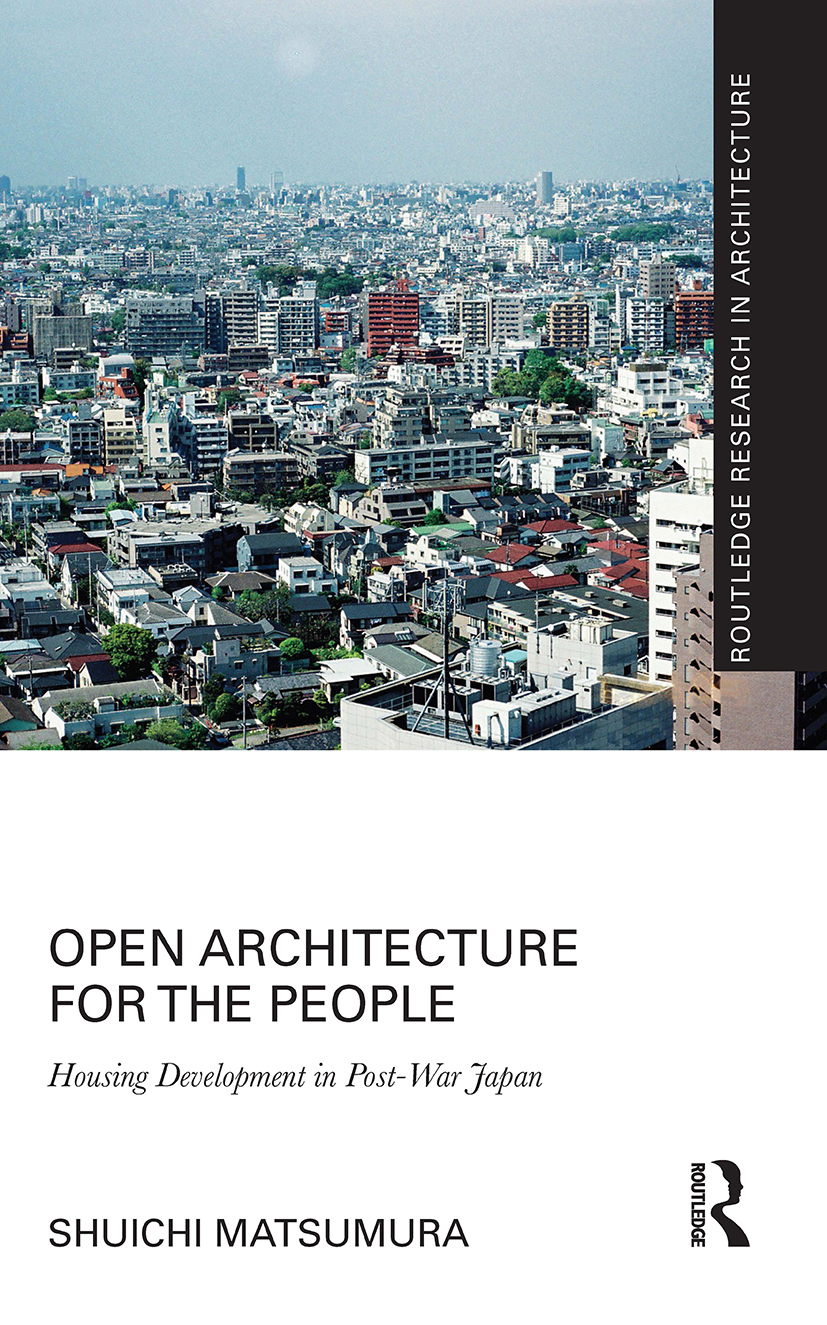
Title
Heibonsha Shinsho Kenchiku no Ashita e (Toward an Architecture of Tomorrow - Cultivating people’s hopes)
Size
216 pages, paperback book
Language
Japanese
Released
July, 2021
ISBN
9784582859805
Published by
Heibonsha
Book Info
See Book Availability at Library
The Japanese architectural community has been at the forefront of the world. However, it is now reaching the limits of its growth because of the aging of its members and saturation of necessary buildings. The effective utilization of human resources in Japan and elsewhere must be promoted while adapting to new technological developments and their continued advancement in the future. How should those in architecture and construction consider this issue, and how should they act to accurately grasp and adapt to the needs of the coming age? The following five important perspectives on this difficult issue are discussed in detail based on the author’s past research and experience.
I Identifying new areas of activity
There is a saturation of buildings in Japan today. As such, there are ample spatial resources. In the past, the construction industry, or specifically, the new construction business, has worked hard to deliver well-built structures on schedule, but from now on, there will be less need for such toil in this area. How can we transform the architectural endeavors we have been erecting as a given spatial resource into rich living spaces? This is where the construction industry must find new areas of activity. This new field of activity will be discussed in relation to themes such as the building reconstruction time, location industry, conceptual power of utilization, democratizing architecture, and architectural informatics.
II Rethinking identity
When considering activities that use existing spatial resources to create rich living spaces, it is not necessarily the case that such activities can only be undertaken by people or industries specializing in architecture. Instead, people with different backgrounds may excel in different areas. Therefore, as people in the construction trades venture into new fields, they will need a clear sense of what they are about and their personal identity. How does architecture differ from civil engineering, and is there anything uniquely Japanese about the attitudes and ideas of the architectural community and about architecture itself? We will begin by answering these questions.
III Envisioning the architect of tomorrow
The perception of working architects will change alongside a reinvention of the field. In contrast, there is also a severe shortage of skilled workers in the construction industry. What can we envision for tomorrow's architects that will excite young people? We will seek clues to address this question.
IV Transcending national borders
The Japanese construction industry has long had sufficient domestic demand and has hardly been active overseas. In view of the coming era of surplus power in the construction industry overall, Japanese architects and the construction industry should proactively consider becoming more active on the international stage. However, when considering the future of skilled workers, there should be a more widespread search for new talent from abroad. This chapter provides a discussion on this topic.
V Sense as an individual user
The construction industry has historically excessively emphasized the production side. This is the attitude of a time when new buildings were being built on cleared land. However, in an era when the subject is not so much the architecture itself as the life in the building, it is impossible to be on the production side. Everything must start from the sense each architect holds as a single individual. This notion is discussed in the last chapter.
(Written by MATSUMURA Shuichi, Project Professor, School of Engineering / 2022)



 Find a book
Find a book


 eBook
eBook